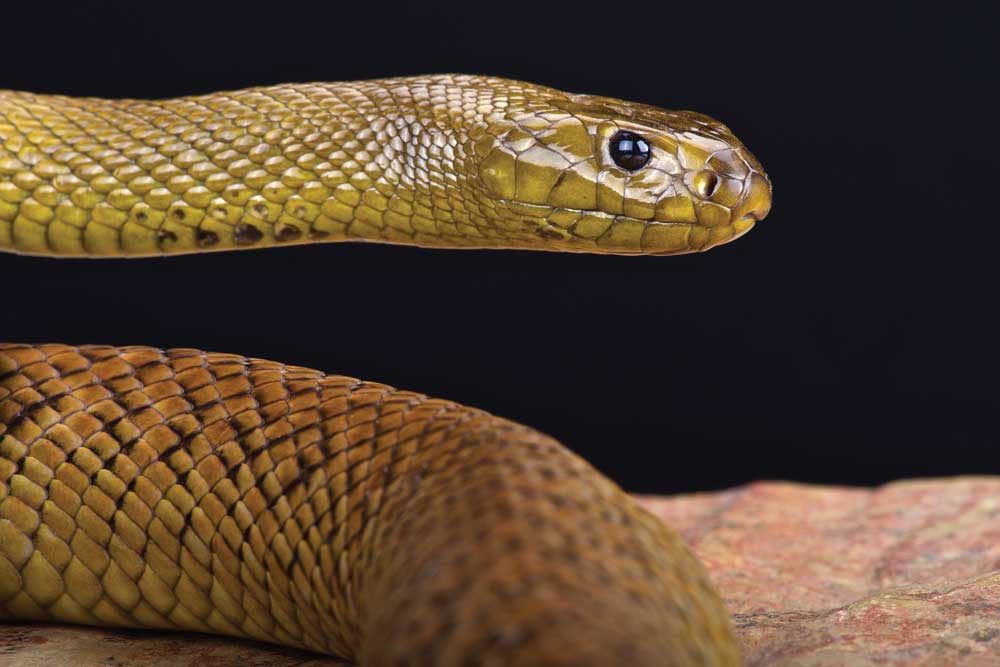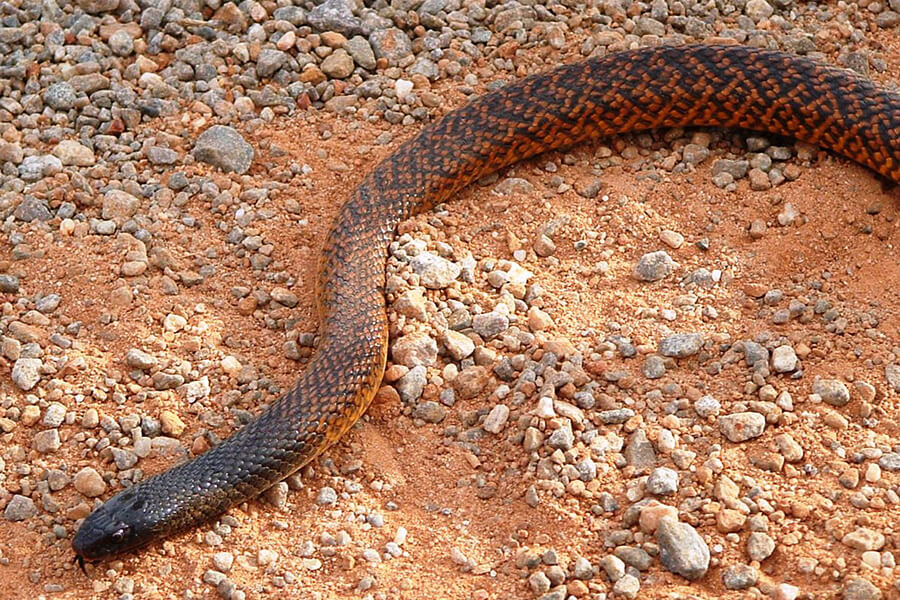Introduction
Australia is renowned for its abundant biodiversity, specifically when it involves reptiles. Amongst these fascinating creatures, the Eastern Tiger Snake ( Notechis scutatus) stands apart because of its striking appearance and powerful venom. Discovered predominantly in southeastern Australia, this varieties has fascinated both herpetologists and casual onlookers alike. In this thorough overview, we will certainly delve into the attributes of the Eastern Tiger Snake, discover their habitat, habits, and diet plan, and share crucial safety and security suggestions for any person that might run into them.
As we traverse through the subtleties of the Eastern Tiger Serpent's life, we'll also go over vital topics such as serpent bite emergency treatment and prevention strategies. With snake bites being a severe problem in Australia, outfitting yourself with understanding can imply the distinction between safety and security and threat. Bend up as we start this informing journey.
Exploring the Eastern Tiger Serpent: Characteristics and Safety And Security Tips
1. Overview of the Eastern Tiger Snake
The Eastern Tiger Serpent is an extremely poisonous serpent that comes from the Elapidae family. Characterized by its unique banding pattern that looks like a tiger's red stripes, this species showcases a range of shades from olive-green to black or perhaps brown hues.
1.1 Physical Characteristics
Tiger snakes are tool to large-sized snakes that commonly reach sizes of 1.2 to 2 meters (4 to 6.5 feet). Their durable bodies are complemented by a flattened head that makes them conveniently recognizable to name a few snakes.
1.2 Venom Composition
The venom of an Eastern Tiger Snake is largely neurotoxic. This means it can impact the nerve system and lead to paralysis if left without treatment. Fortunately, antivenom is offered in Australia for those unfavorable adequate to be bitten.
2. Habitat of the Eastern Tiger Snake
Understanding where these serpents thrive can assist in avoiding experiences and appreciating their role in the ecosystem.
2.1 Natural Habitat
Eastern Tiger Snakes choose seaside regions, wetland locations, and meadows. They are frequently discovered near freshwater sources like swamps and rivers.
2.2 Geographical Distribution
This species is primarily situated in southeastern Australia, including components of Tasmania where they are often described as Tasmanian tiger snakes.
3. Behavior Patterns
3.1 Diurnal vs Nocturnal Activity
While some tiger snakes might show nighttime habits throughout warmer months, they are primarily diurnal creatures that quest during daytime hours.
3.2 Defensive Mechanisms
When intimidated, tiger snakes may display aggressive habits by curling back or hissing noisally before striking if prompted further.
4. Diet plan of the Eastern Tiger Snake
Tiger snakes have a diverse diet primarily including little creatures, birds, amphibians, and various other reptiles.
4.1 Hunting Techniques
They utilize ambush methods paired with fast strikes to record innocent target-- a remarkable feat provided their size!
5. Are Tiger Snakes Venomous? Understanding Their Risk Level
Yes! The eastern tiger snake is certainly venomous; however, not all bites lead to envenomation (the injection of venom). Awareness about their threat degree is critical for anybody that frequents their habitat.
6. Emergency Treatment for Snake Bites: A Crucial Skillset
If someone is bitten by a tiger snake or any various other species:
- Remain tranquility; panic exacerbates symptoms. Call emergency solutions immediately. Apply a pressure plaster above the bite site.
Knowing exactly how to react promptly can save lives!
7. Usual Myths Concerning Tiger Snakes Debunked
Misunderstandings concerning tiger snakes abound-- allow's attend to some common myths:

- Myth: All snakes are aggressive. Fact: Lots of snake species prefer avoidance over confrontation. Myth: A completely dry bite implies no danger. Fact: Always look for clinical focus despite symptoms!
8. Safety Precautions When Coming Across Snakes
Awareness is your best defense versus unwanted experiences with tiger serpents:
- Stay vigilant while treking or going through understood habitats. Avoid tall grass where presence may be limited. Wear ideal footwear when discovering natural areas.
9. What To Do If You Run Into an Eastern Tiger Snake?
Stay calmness! Gradually back away without making abrupt motions-- it's crucial not to blue belly black snake provoke the animal further.
10. Child Tiger Snakes: The Young Ones' Journey
Juvenile tigers typically show different coloration than adults however maintain similar patterns that use camouflage versus killers and ecological threats.

10.1 Developmental Stages
These baby serpents emerge after regarding 2 months' pregnancy from eggs laid by women-- an interesting shift into independence!
11. The Duty of Preservation in Protecting Snake Species
With urban advancement encroaching upon all-natural habitats, conservation initiatives are crucial for preserving healthy populaces of eastern tiger snakes-- and all wildlife!
Frequently Asked Questions
FAQ 1: Are all tiger snakes deadly?
While eastern tiger snakes possess potent poison capable of causing serious damage or death if neglected, not every encounter results in a bite or envenomation.
FAQ 2: Just how can I determine an eastern tiger snake?
Look for special stripe patterns incorporated with pigmentation ranging from olive-green to black; they additionally have level heads particular of elapids!

FAQ 3: What ought to I consist of in my serpent bite emergency treatment kit?
Essential items include pressure plasters, sterilized gauze pads for injury care, disinfectant wipes/solutions like alcohol swabs together with emergency situation call numbers!
FAQ 4: Exactly how often do tiger serpents breed?
Typically reproducing occurs throughout springtime when temperatures climb-- women may lay between 20-30 eggs per clutch depending upon ecological conditions!
FAQ 5: What makes Tasmania's tiger snake unique?
Tasmanian tigers tend towards bigger dimensions contrasted to mainland equivalents; their color variations vary commonly across various geographical areas too!
FAQ 6: Can you securely move a snake discovered on your property?
It's recommended not to attempt self-relocation as incorrect handling might provoke them-- contact regional wildlife authorities instead for assistance!
Conclusion
In recap, checking out the eastern tiger snake discloses much regarding among Australia's many fascinating reptiles-- from its striking physical features to its essential duty within ecosystems along with common security factors to Snakebite first aid consider pertaining to prospective encounters with humans! Understanding regarding this varieties promotes regard while making sure secure experiences need to one cross courses with these amazing creatures out in nature-- since understanding absolutely encourages us all!